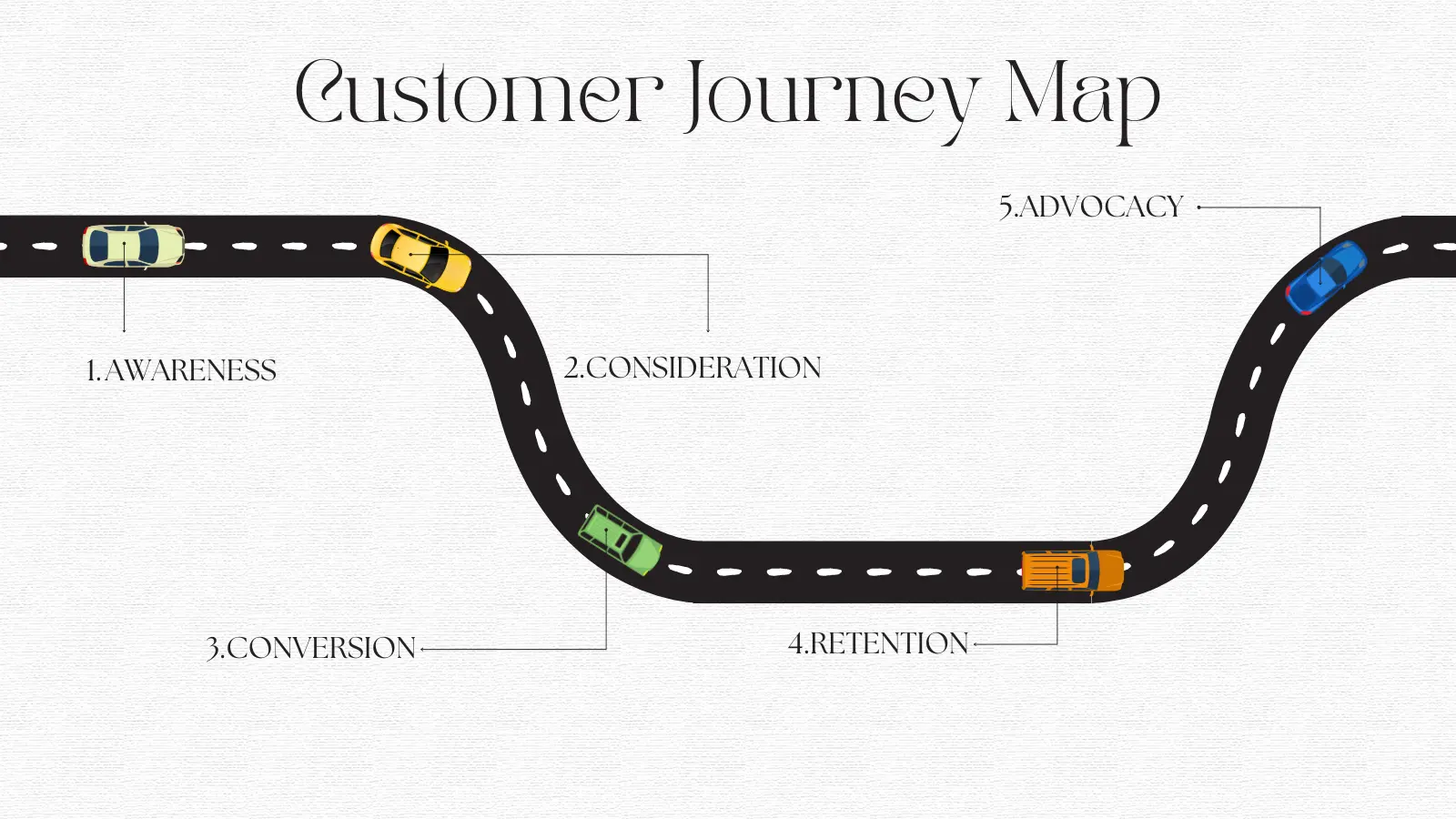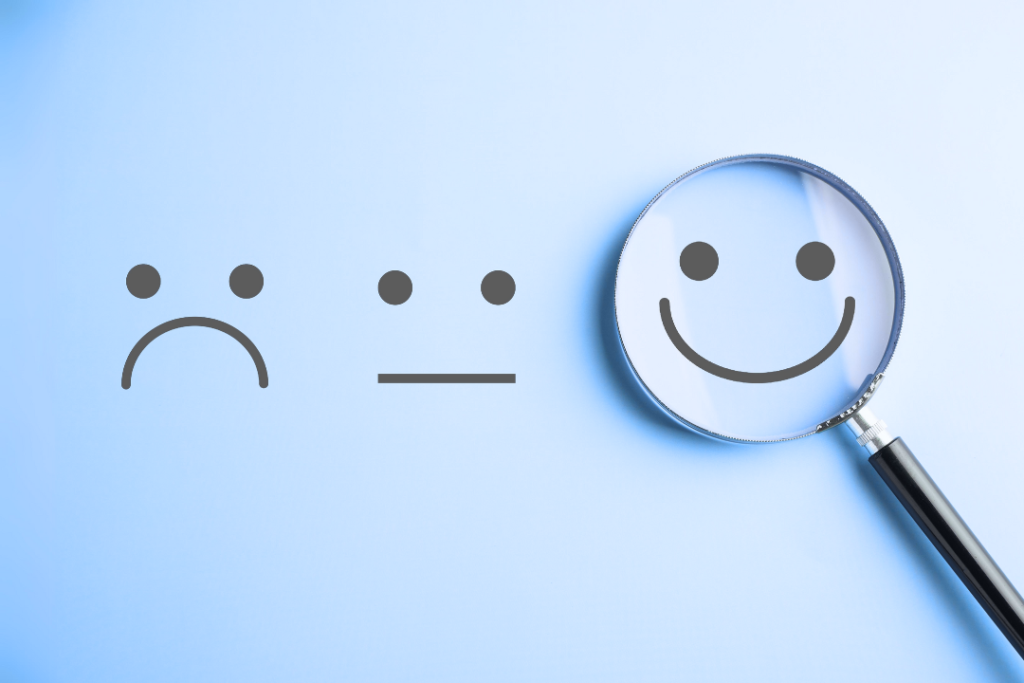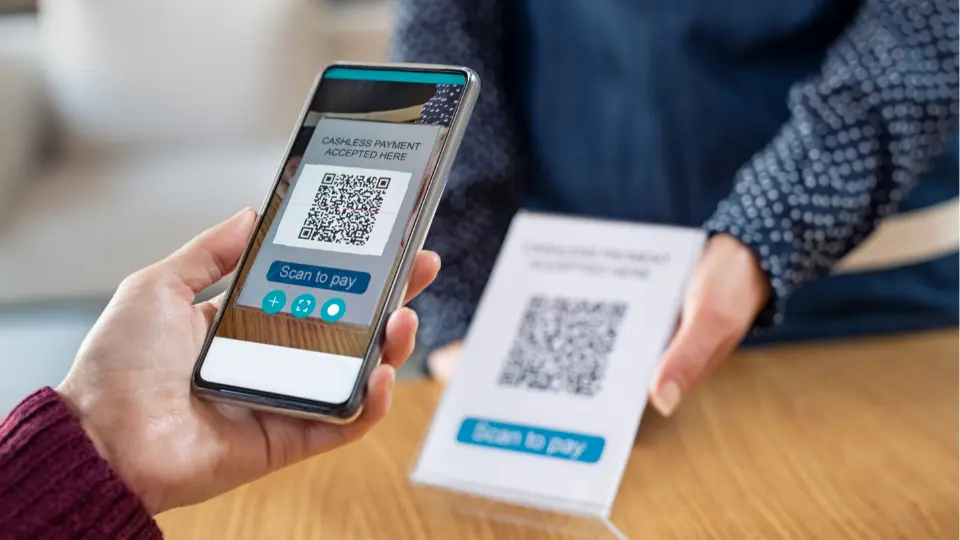

NEW! Customer Journey Map: The Ultimate Guide
What is the customer journey map?
The customer journey map is the accumulation of all the touch points where a customer interacts with your brand’s product or service before making a purchase. The focus of the customer journey is more inclined towards customer’s experience before they make a purchase for your brand’s product or service.
The objective of the customer journey map is to simply evaluate the experience of the customer during each stage of the customer journey. Once the evaluation is done, the next step is to analyze the same and find ways in which one can enhance and improve the customer experience at each stage of the customer journey.
Unlock Unlimited Surveys & Responses with Fynzo Survey – 99% Features Free Forever!
⭐ Rated #1 Trending Survey Tool by Software Suggest ⭐
Why Choose Fynzo Survey?
- Unlimited Surveys: Create as many surveys as you need without any limits.
- Unlimited Responses: Collect unlimited responses effortlessly.
- 99% Free Features: Access nearly all our powerful features for free, forever.
- User-Friendly: Easy setup, create your survey in minutes.
Stages of Customer Journey Map
Now that we know what the customer journey map is. Our next step in understanding the customer journey map is to understand the different steps involved in it.
Traditionally speaking, there are only three major steps, namely, Awareness, Consideration, and Conversion that form a customer journey map. But with the improvement in technology and everything going online, the customer journey map has added two more stages to it, which are, Retention and Advocacy. With this, the customer journey map looked at these days by the companies is – Awareness, Consideration, Conversion, Retention, and Advocacy. Let’s look at and understand each stage of the customer journey map individually and in depth.
1. Awareness
This is the very first stage of the customer journey map. In this stage, customers have needs and they are looking out for products or services that give them the best value according to their needs. This stage is very crucial as customers are doing research across multiple products and brands and are asking questions.
Therefore, it becomes very important for you to make a presence at all likely places that customers can look for, in order to do the research and present your product in the best manner possible. Remember that the customer is doing research at this stage and so your presence should not necessarily be in the form of product selling. Rather, you can have blogs, social media posts etcetera to have your presence.
2. Consideration
This is the second stage in the customer journey map. By this stage, the customer has already done the research and sorted out the companies and products that seem to match their needs and bring value to them.
In this stage, companies should focus more on promoting their products or services in the best manner possible. This is so because, at this stage, customers compare different companies and their products and look at the product at a very minute level with all its specifications and qualities.
Therefore, it is very crucial to promote your product in a manner where each interaction with the customer leaves a positive impact on them.
This stage is also the stage where customers are not satisfied with the already used products or services and look for alternatives.
3. Conversion
This is the third stage of the customer journey map. By this stage, the customer has already finalized the brand and the product that they think will generate the best value for them. This stage is the action stage where customers actually make the transaction.
But before doing that customers do analyze the price of the product or service v/s the value it will generate for the customers. To stand out at this stage, make multiple offers to the customers, they love it!
Note that the next two stages in the customer journey map were not included in the traditional days. However, with increased online purchases, these stages have gained importance in the customer journey.
4. Retention
Congratulations because by this stage you have successfully converted a lead into a new customer for your business! But know that just because the transaction has been completed, the customer journey doesn’t end here.
This stage of the customer journey map is about retaining your new customers and making them loyal to your brand and products. This will be beneficial for you as existing customers will keep on bringing a consistent amount of business and revenue for your brand and will also cost less in terms of marketing efforts.
5. Advocacy
This stage is not necessarily considered a part of the customer journey map by many businesses. This is so because this stage puts emphasis on the benefits of word-of-mouth where the happy and loyal customers indirectly promote the brand and its products by suggesting it to others.
This builds a sense of trust in the new leads as the customers spreading word-of-mouth have already used the products or services. This is the best stage where a company can end up.
Benefits of understanding the customer journey map
Understanding the customer journey can prove to be extremely beneficial for a business in many ways. Let’s look at some of them and understand why the customer journey map is crucial.
Gives you a better understanding of your customers and their emotions
By looking at your customer journey map and putting yourself in your customer’s shoes, you will be able to understand and acknowledge their emotions and will be better at putting out excellent experiences for your customers at each stage of the customer journey map.
Analyze the stumbling blocks in the business
By analyzing the customer journey map, you will know which stage of the customer journey is most effective and which one is the stumbling block for the business and is resulting in customer shedding out. Once you know the areas which need improvements, you can specifically focus on and improve the same without much cost, time and effort.
Higher satisfaction among employees and customers
With seamless customer experience, customers will be happy with the product and service and will tend to remain loyal to the business. At the same time, the employees working hard to make sure that customers have a good experience also feel satisfied and encouraged with their work when their strategies and hard work pays off.
Maintains harmony and teamwork in the organization
For an excellent customer journey and high level of customer satisfaction, the employees need to be united and be on the same page. This ensures harmony and teamwork in the organization.
Customer journey map analysis
There are many ways in which one can track down customer experience and analysis. Some of the most common ways used by different companies to analyze customer journeys are mentioned below:
- Ask your customer to fill feedback form on-site be it a physical store or an online website purchase.
- Send an email to your customer with an embedded survey which they can fill as per their convenience.
- Have a call team set up which can call customers after some time from the day of the transaction and can directly ask customers about their experience and record the same.
- If you have a specific app for your brand then you can send the survey there as well for customers to share their experience with your business.
Unlock Unlimited Surveys & Responses with Fynzo Survey – 99% Features Free Forever!
⭐ Rated #1 Trending Survey Tool by Software Suggest ⭐
Why Choose Fynzo Survey?
- Unlimited Surveys: Create as many surveys as you need without any limits.
- Unlimited Responses: Collect unlimited responses effortlessly.
- 99% Free Features: Access nearly all our powerful features for free, forever.
- User-Friendly: Easy setup, create your survey in minutes.
FAQs
What are the 5 A's used for building a customer journey map?
The 5 A’s used for building a customer journey map are Awareness, Appeal, Ask, Act and Advocacy.
What are the steps to map the customer journey?
The steps to map a customer journey are: set a clear objective, define your target audience, identify goals for each stage of the customer journey and collect data and analyze the same.








